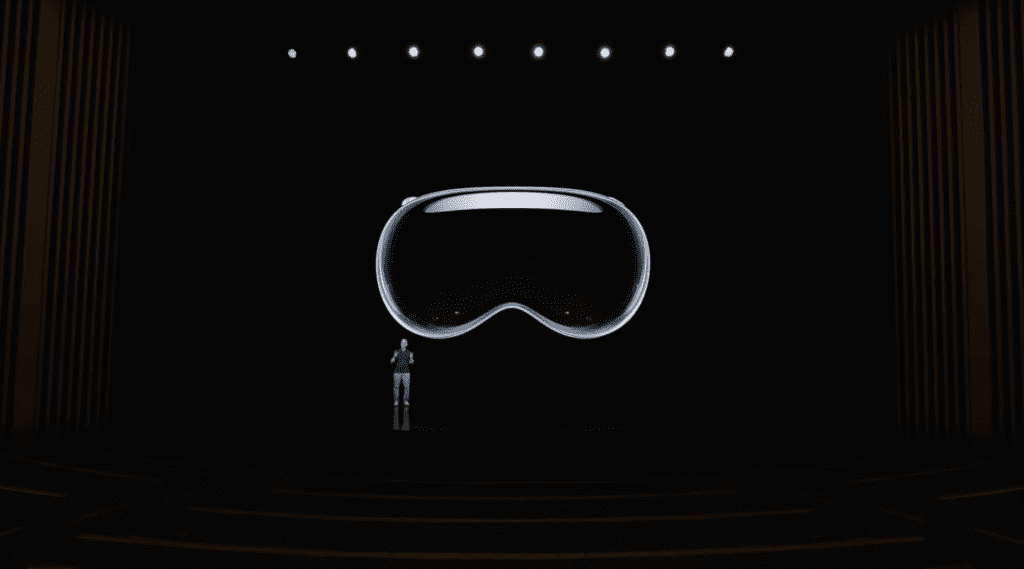Samsung has reportedly delayed the launch of its next-generation set of mixed-reality products in response to the recent announcement of Vision Pro, with the South Korean tech giant reportedly heading back to square one.
As reported by SBS Biz, Samsung recently told its suppliers that it is “delaying the schedule of projects related to existing XR devices.” An industry source who spoke to the publication pegged the delay of the projects on Vision Pro and its high-end design and hardware technologies.
“I know it’s a decision considering the specs of its competitor, Apple’s mixed reality (MR) headset ‘Vision Pro,'” said a source at Samsung. “We decided to review all the internal standards and performance of the new XR product, including the design and panels,” the source continued.

Discover new horizons, always connected with eSIM
Travel the world stress and hassle-free with the best eSIM service available. Enjoy unlimited data, 5G speeds, and global coverage for affordable prices with Holafly. And, enjoy an exclusive 5% discount.
Apple announced Vision Pro at WWDC in June, calling the headset its first “spatial computer.” Vision Pro features some of the most advanced technologies on a headset, including 4K micro‑OLED displays for each eye, the M2 and R1 chips, eye and hand tracking sensors, advanced Spatial Audio, and much more.

Vision Pro is positioned as a high-end product with a price tag of $3,499. Apple is marketing the headset to consumers, touting its immersive capabilities for watching movies and acting as an external monitor for the Mac. The headset is set to be available in the United States early next year, with a launch in the United Kingdom and Canada reportedly next on the list.
When Vision Pro does debut in the US, customers will be required to make an appointment to purchase the headset at retail stores across the country. Apple is looking to create specially designated areas within some of its most trafficked stories at first to allow customers to try on and experience Vision Pro and its accompanying visionOS platform.





